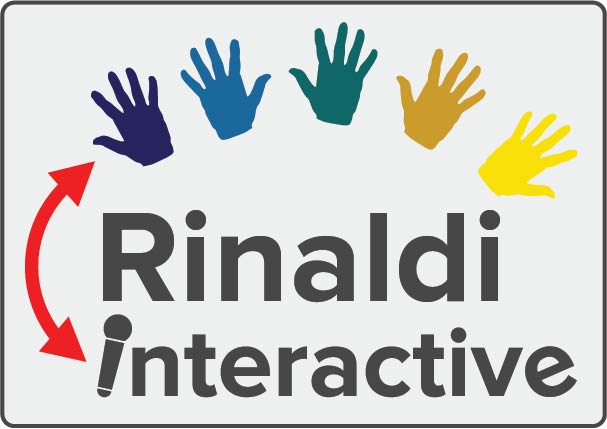Conditional Branching is a seldom used component within a presentation. When used, it is misused, mismanaged and, as a result, time consuming. More than anything, conditional branching is ignored, underutilized and most presenters either fear it or they just don’t know how to best apply it within a presentation. Changing sequence within your presentation is something we’ll address in due time.
Often, a presenter pretends to engage an audience by asking for a show of hands to questions that carry little relevance to the audience or value to the presenter. After all, if the question was of value, it would yield honest and more abundant feedback; thus, a presenter would know better not to ask for a show of hands.
A presenter asks a general closed-ended question to start. They follow that with subsequent, scripted and more detailed closed-ended question(s). This faux attempt at engagement, when combined with weak content, is a recipe for disengagement and can snip the connection between he or she and their audience.
The point being, the presenter is not interested enough in how many people are responding because they are following script and are ‘going down that path’ regardless. Again, we’ll discuss a presenter’s more genuine interest in getting feedback another day.
When asking a Yes/No or closed-ended question, it is common to be asked a follow up question to those who answered Yes. But when a presenter proceeds further by using a narrowing line of questioning, they’re reaching fewer and fewer audience members while dismissing more and more.
In using audience response technology to ask such questions, the common mistake is made by asking the audience those same questions. The first question separates those who it may or may not apply to…
…and then asking a follow up question ‘solely’ for those who it did apply to.
The solution is to merge ‘No’ with those specific ‘Yes’ follow up options into one polling slide. This engages and sustains the audience collectively.
In the example below, you can also expand the ‘No’ and ‘Yes’ options to better identify their reasoning or thoughts behind their selection.
Though lacking abundant proof of my theory, I truly believe that more people will answer ‘No’ when clustered with various ‘Yes’ options as opposed to being clustered with just ‘Yes.’ The reason is simple curiosity; those ‘No’ responders will more likely want to know how they fare by comparison to their fellow attendees’ various ‘Yes’ results. And if you can add a simple 'Why?' component to your answers, congratulations! In other words, by capturing more interest in that singular moment, you’re likely going to capture more feedback. And then there’s the obvious second benefit, that being, the time saved by polling the entire audience with just one question.
Some will argue the presenter’s intent is only to focus on the ‘Yes people.’ However, that’s taking a risk in any presentation where there is a presumed outcome. And that is where, again, the larger scope of Conditional Branching within a presentation can really help. But for now, consider this as a baby step in maintaining your audience’s attention.







